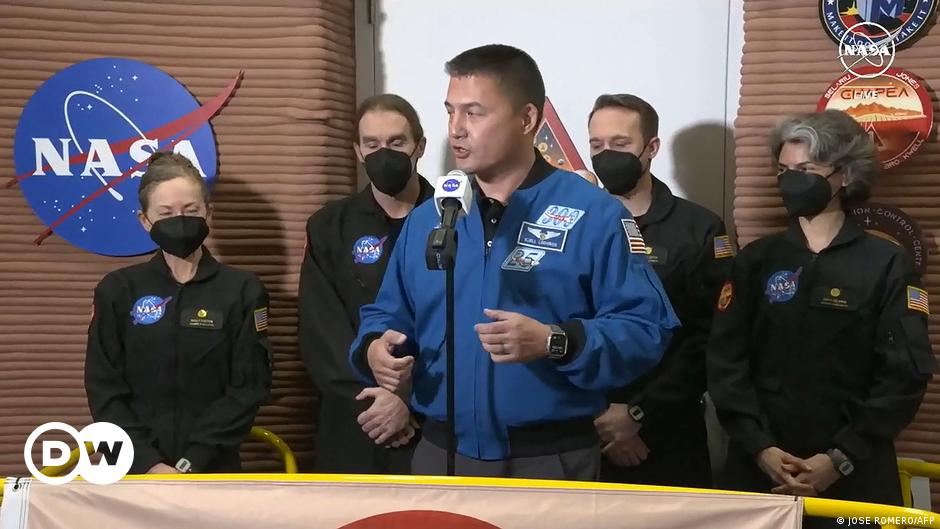
A NASA simulated Mars mission crew, consisting of Kelly Haston, Anca Selariu, Ross Brockwell and Nathan Jones, completed their year-long isolation experiment at NASA's Johnson Space Center in Houston on July 6, 2024. The quartet spent the last year growing vegetables, conducting simulated Marswalks and operating under communication delays and resource limitations to gather data for future manned missions to Mars.
The mission marked the first of NASA's Crew Health and Performance Exploration Analog (CHAPEA) series. The goal was to collect data on human health, performance, nutrition, resource management and other aspects of living in a confined space for an extended period.
During their time in the 3D-printed habitat, the crew faced challenges similar to those that would be encountered on Mars. They experienced communication delays up to 22 minutes with Earth and had to manage limited resources carefully. The team also grew vegetables, such as lettuce and tomatoes, using hydroponics systems.
The next CHAPEA missions are planned for 2025 and 2027 with a focus on physical and behavioral health data gathering.
Steve Koerner, deputy director of Johnson Space Center, stated that most experimentation focused on nutrition affecting performance. The crew's diet consisted mainly of shelf-stable food supplemented by the vegetables they grew in the habitat.
The CHAPEA mission is part of NASA's Artemis campaign to return humans to the Moon for long-term exploration and prepare for future missions to Mars.

